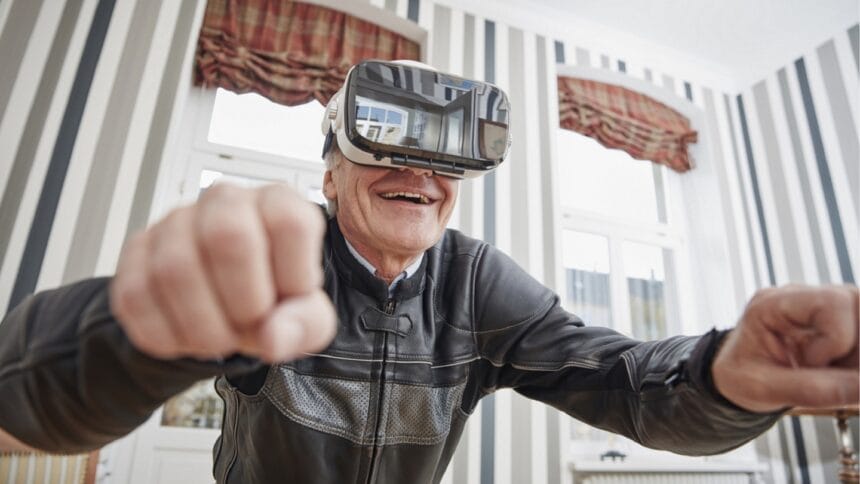
Virtual reality use within senior living has gotten a big boost amid the pandemic, as operators shifted strategies to keep residents engaged amid restrictions on visitors and in-person activities. It’s a trend that’s likely to stick around even as restrictions begin to lift, as an increasing number of long-term-care communities turn to these devices to improve wellness and quality of life for this growing population, according to an analysis Monday in the Wall Street Journal.
Providers are even finding that allowing residents to roam through virtual environments such as distant cities or the outdoors can help combat an array of age-related conditions, including loneliness, depression and possibly even cognitive deficits. The hope is that the technology may prove useful in treating the nation’s rapidly aging population over the long term, the media outlet reported.
Several providers have seen near-immediate positive benefits from the technology that they scrambled to obtain last year to help ease resident isolation. Paula Harder, vice president of resident programs at Commonwealth Senior Living, told the Wall Street Journal that she spent two months researching the best virtual reality technology for older adults before purchasing devices for the operator’s 34 locations across the Southeast. The benefits she’s seen among residents as a result made the effort well worth it, however, she said.
“While the obvious reactions after using the system are smiles, laughing and reminiscing, there is added therapeutic value as well,” Harder said, adding that residents are observed to be more alert, more talkative and engaged with their surroundings after the experience. “Residents in our memory-care neighborhood have been observed to be more oriented to their surroundings … and even more coordinated in their speech and movement.”




